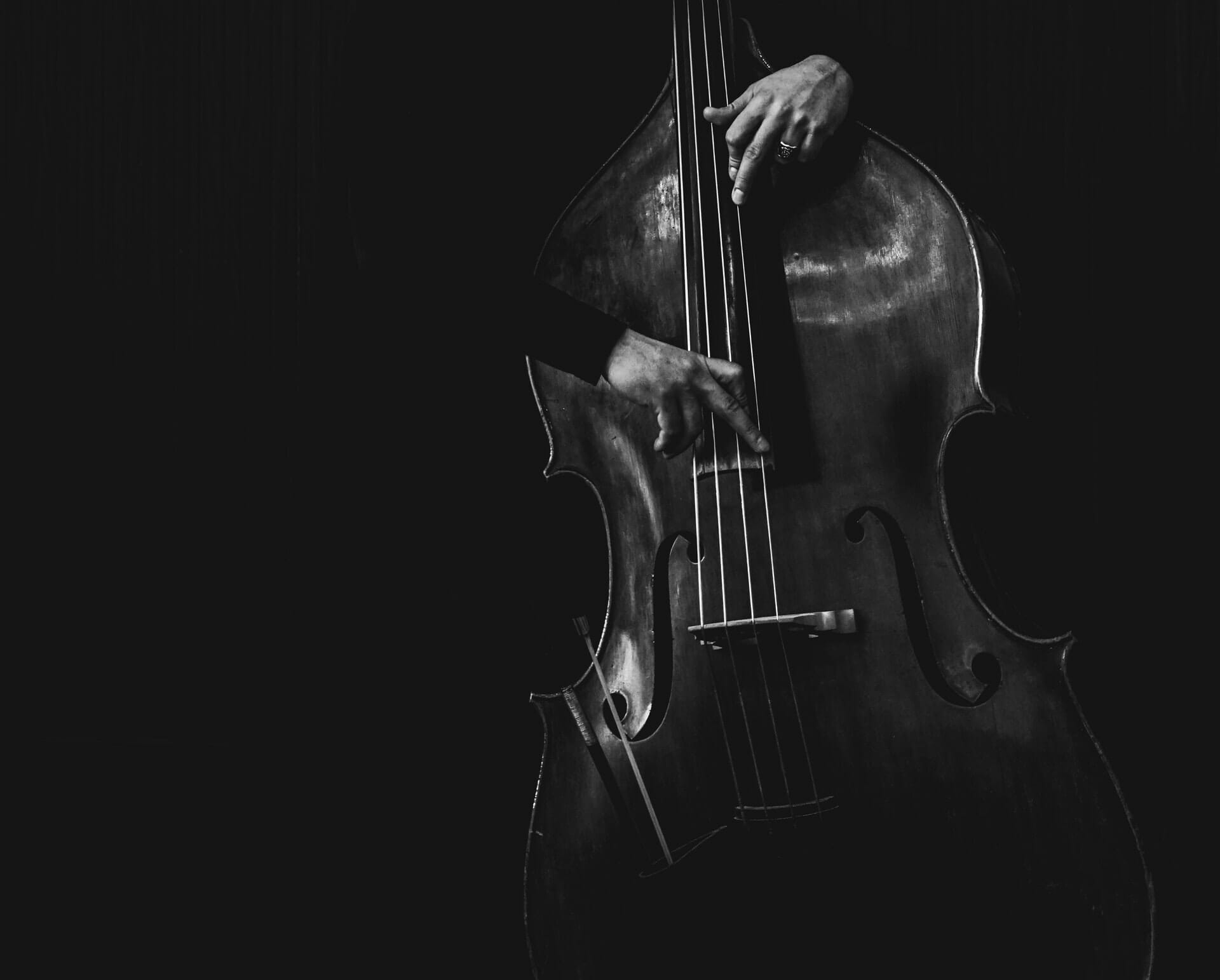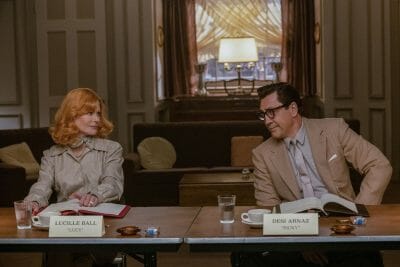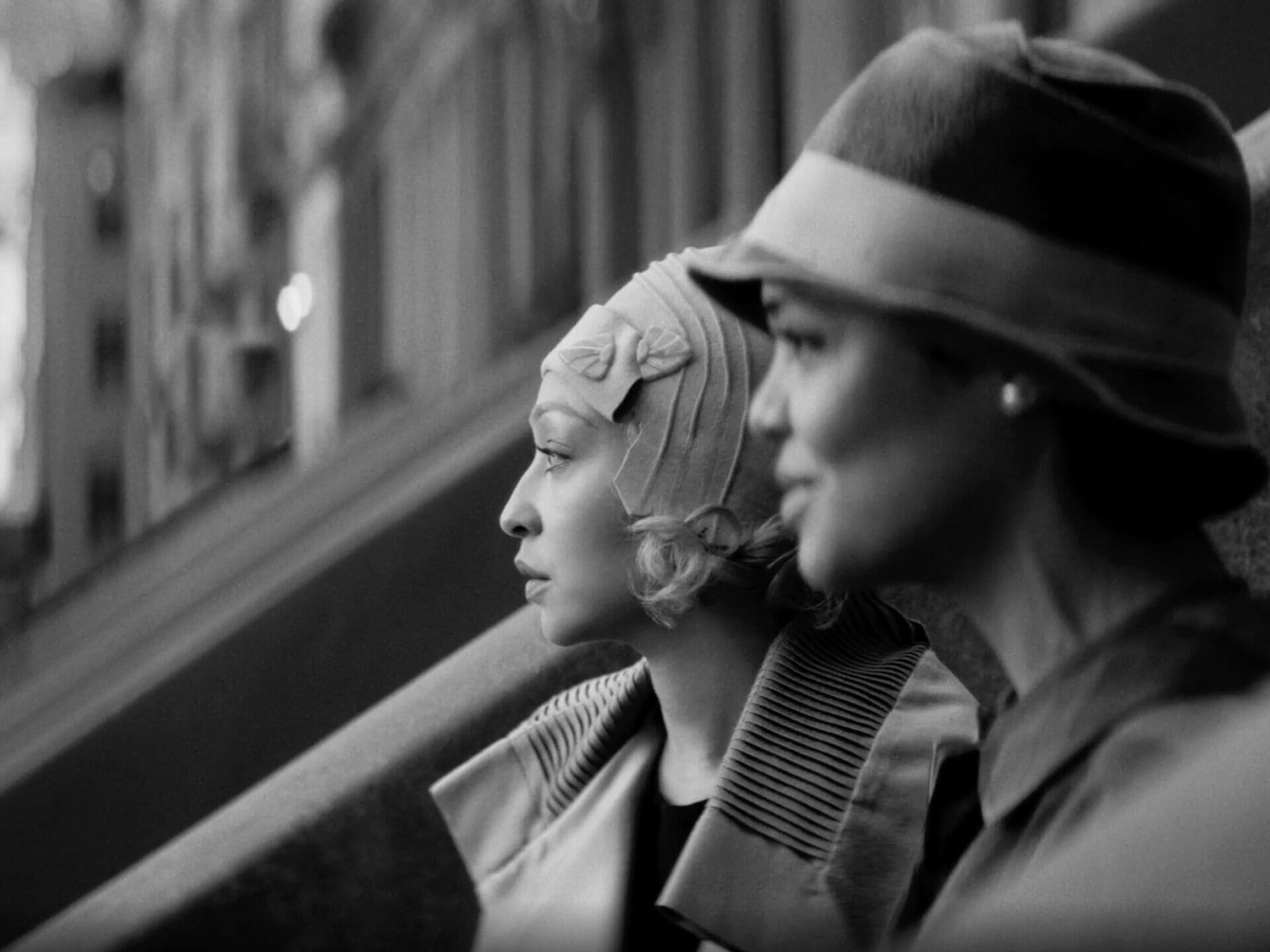
Some Like It Hot | Challenging Stereotypes Through Laughter
Year
Runtime
Director
Writer
Cinematographer
Production Designer
Music by
Country
Format
Genre
In 1959 Billy Wilder‘s Some Like It Hot was released in cinemas. The movie is a mix of genres: comedy; musical; romance; and a touch of gangster genre as well. The plot revolves around two friends who disguise themselves as women to escape a malefactor. It was a particularly progressive movie for its time, dealing with the theme of cross-dressing and the subversion of gender roles. The movie was an extraordinary success with critics and viewers, yet it also drew some criticism for its themes. Through laughter and with light-heartedness, Billy Wilder confronts sensitive issues, eliciting not only hilarity but above all quiet reflection. Some Like It Hot condemns gender stereotypes by challenging the morality and censorship of the time.
A comedy of misunderstandings
Prohibition-era Chicago, 1929. Some Like It Hot tells the story of two musicians, Joe (Tony Curtis) and Jerry (Jack Lemmon), who witness a massacre committed by the Mob (inspired by the real Saint Valentine’s Day Massacre). The two friends, in order to escape the clutches of criminals, improvise a daring escape. They disguise themselves as women and join an all-female jazz band headed to Florida. They introduce themselves as Josephine (Joe) and Daphne (Jerry). During the trip, they meet Sugar (Marilyn Monroe), the beautiful band’s vocalist, and become obsessed with her. Once they arrive in Florida, Joe pretends to be a millionaire named Junior to seduce Sugar. In contrast, Jerry receives the unexpected attention of Osgood (Joe E. Brown), a rich man looking for a wife. Meanwhile, the gangsters who are after them arrive in Florida for a convention. Thus, the situation inevitably degenerates.
At the 17th Golden Globe Awards, Some Like It Hot won Best Film – Comedy; Best Actor – Musical or Comedy (Lemmon); and Best Actress – Musical or Comedy (Monroe). At the 32nd Academy Awards, the movie received six nominations, winning for Best Costume Design, Black-and-White (Orry-Kelly).
Today, Some Like It Hot is widely regarded as one of the best comedies in Hollywood history. Indeed, it appears on many top movie charts and in 2000 ranked first on the American Film Institute‘s “100 Years…100 Laughs” list.
A new female point of view
The protagonists of Some Like It Hot are complex and multifaceted. Joe is a womanizer and an unreliable man who has no qualms about using women to achieve his goals. Jerry is a practical and judicious man who does not like risk-taking, unlike his friend. Over the course of the movie, both will undergo a transformation. Indeed, cross-dressing brings them to a greater understanding of the opposite sex. The two realize what women face every day, such as unwanted attention and harassment. In particular, Jerry, by embracing his feminine side as Daphne, gains a new perspective that changes his perception of himself and women. The movie also hints at the character’s possible latent homosexuality. It is no coincidence that Some Like It Hot has become a landmark for the LGBTQI+ community for its bold inclusive message:
A person can be more than one thing, depending on the time, the place, whatever. Sweet or hot.
Tony Curtis – “Why Some Like It Hot is the greatest comedy ever made” | BBC Culture
On the other hand, Sugar, the character played by Marilyn Monroe, is an attractive but naive woman who aims to find a millionaire to marry. She is not the typical conservative female character of the time. She drinks; wears skimpy clothes; and is the one who takes the initiative with men, not the other way around. She actually embodies the desire for female sexual liberation.
Some Like It Hot was one of Monroe’s last movies before her untimely death. The actress, despite the many problems she faced on the set, such as constant absences and not remembering lines, gave one of her most memorable performances. Her fragility but also her strength reverberate in the character. The result is a mix of sweetness and eroticism that has won over critics and viewers alike. In addition, Monroe delights the viewers with a series of singing performances. Indeed, music plays a key role in the movie. The movie takes jazz themes from the 1920s that suddenly switch to tense moments when gangsters appear on the screen.
Overturning stereotypes
In Some Like It Hot, the practice of cross-dressing is a central element. Cross-dressing is a custom that has existed since ancient times and involves wearing clothes of the opposite gender. However, it does not define gender identity; it is independent of the sexual orientation of those who practice it, so it is not synonymous with transgenderism. In Wilder’s movie, the two protagonists disguise themselves to pass as members of a different gender. The practice of passing, indeed, also may refer to a change in the appearance of one’s gender in order to go places one’s actual gender is not permitted. This is exactly what Joe and Jerry do. In the movie, however, cross-dressing becomes not simply a narrative device, but a supporting component of the narrative that drives the action forward.
The cultural perception of cross-dressing is quite skewed. For example, generally, a man wearing a dress is perceived as ridiculous; conversely, a woman wearing a tuxedo might be seen as sexy. But Some Like It Hot uses wisely all this to overturn gender and sexual cultural stereotypes. And it does so with an innovative lightness that does not weigh down the movie but, rather, generates in the viewer a climactic meditation.
Gimmicks and receptions
Billy Wilder and screenwriter I. A. L. Diamond took the idea of the musicians who disguise themselves to escape from the French comedy Fanfare d’amour (1935) and its German remake Fanfaren der Liebe (1951). However, the two introduced new elements such as the gangster world and the setting in the late 1920s, the Prohibition Era years. They also included a real historical event, the St. Valentine’s Day Massacre that took place in Chicago in 1929. According to Wilder, the fact that Joe and Jerry witnessed this event was a strong and valid reason to justify the disguise.
Some Like It Hot was a very daring film for the late 1950s. Indeed, at the time, the Motion Picture Production Code, known as the Hays Code, still existed. The code contained strict self-censorship rules for content deemed inappropriate for the public. The release of Wilder’s movie took place without this consent. It featured many elements considered subversive: cross-dressing; the theme of homosexuality (although not explicit); sexual language; and alcohol. For this reason, Some Like It Hot received severe criticism, such as that of the Catholic League of Decency, which considered it very offensive.
Nevertheless, Some Like It Hot was still universally acclaimed. Moreover, the movie imposed a certain narrative rhythm that works for the genre and that stood out for its being dynamic and pressing. The comic timing is impeccably paced. Through the use of the running gag, a strategy based on the repetition of a joke, comic effects are more effective.
A landmark for posterity
In conclusion, Some Like It Hot had a significant cinematic and social impact. It stood out for having the courage to fight against the prejudices of its time. In addition, the movie left a legacy picked up by other movies such as Sydney Pollack‘s Tootsie (1982) or Chris Columbus‘ Mrs. Doubtfire (1993). But one could certainly argue that its great influence also reached into the music industry. Just think of Queen‘s music video I Want to Break Free in which the band members disguise themselves as women, or Lady Gaga‘s male alter ego Joe Calderone who made his appearance live at the 2011 MTV Video Music Awards. Finally, Some Like It Hot inspired the 1972 Broadway musical Sugar.
Tag
Buy a ☕ for Hypercritic









